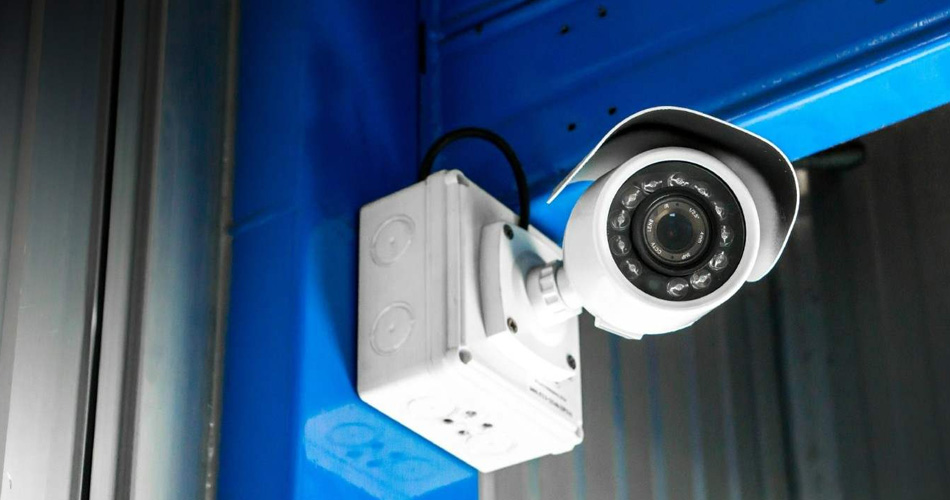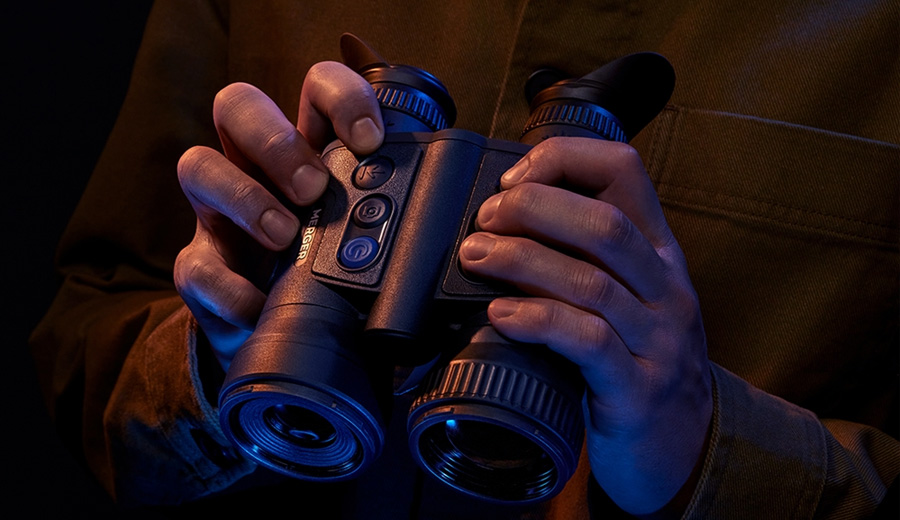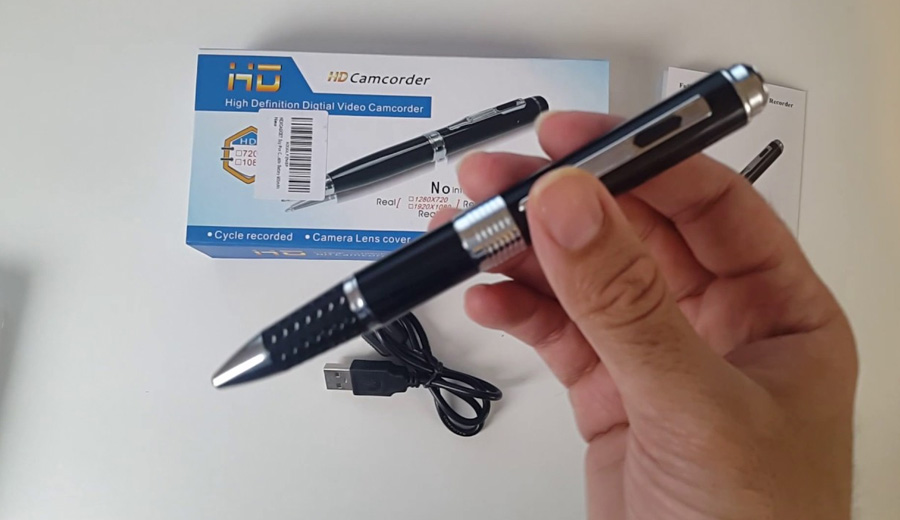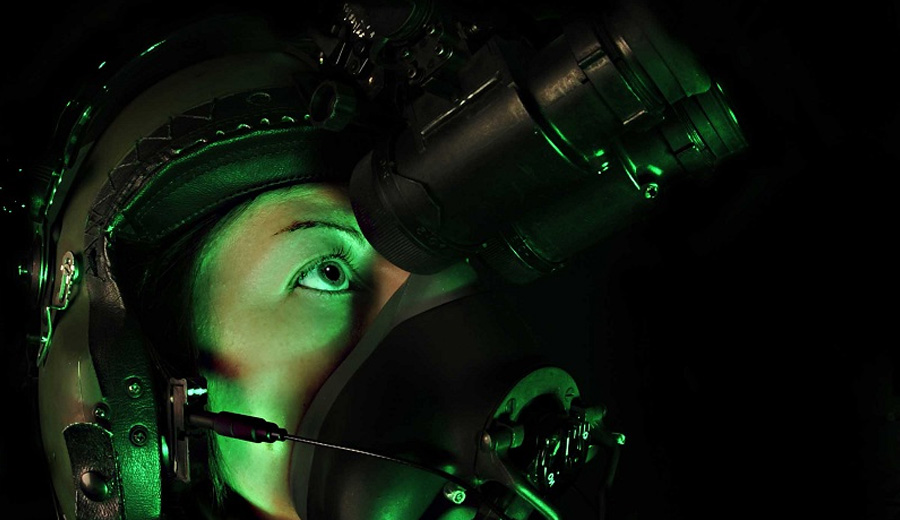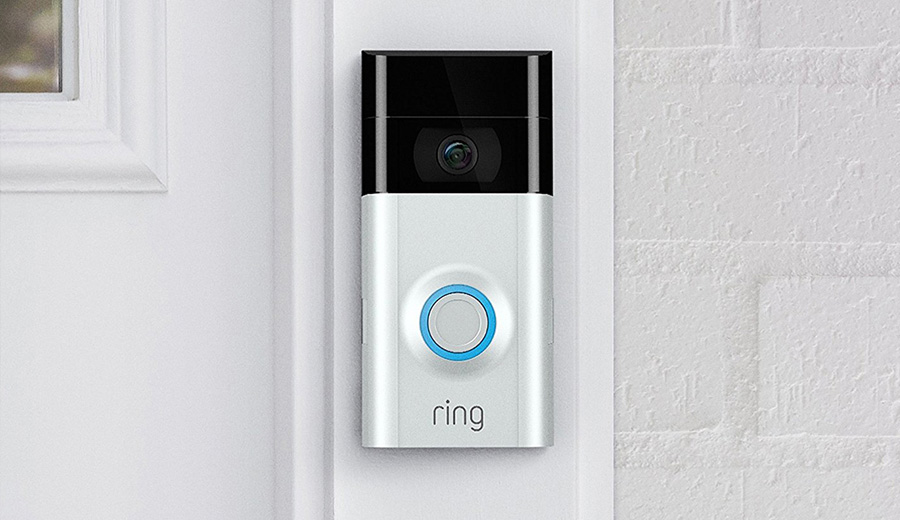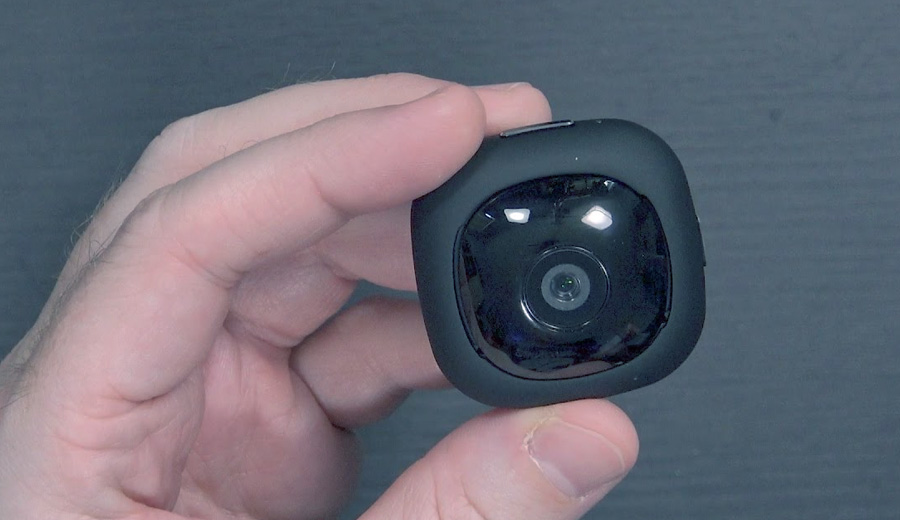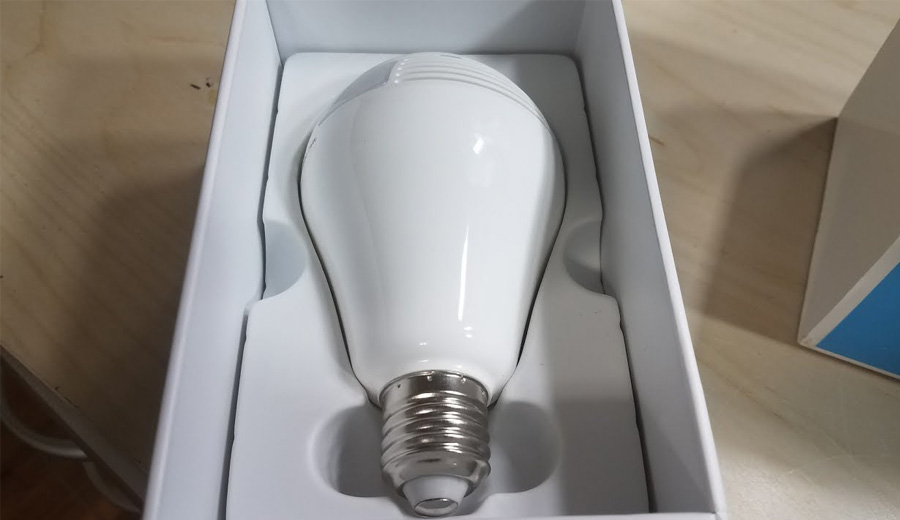The surveillance industry undergoes a transformation in this era dominated by technological advancements and one such advanced technology are the IP cameras.
Internet Protocol (IP) signifies a paradigm change from conventional analog surveillance systems to a digital network framework. This article takes the details of IP camera and discusses its characteristics, advantages, and how it has impacted the security and surveillance world.
What Are IP Cameras?
IP cameras, also known as network cameras, are some of the digital video cameras that send and receive information through the internet or local network.
The IP cameras differ from analog, which utilize CCTV systems independently and are thus remotely accessible. They take video signals and convert them to digital, which becomes the transmitted data over IP network.
Key Features of IP Cameras
- Resolution
IP cameras are known for their capacity to provide clear pictures as well as videos. It enables better and higher resolution recording of video footage which makes it possible to identify people and other things amid different conditions.
- Accessibility
Remote accessibility is easily possible with IP cameras. It does not matter where users are – a simple web-browser or specialized software can be used to access live or stored footage taken by the cameras. This helps in when you need to inspect something quickly and on the go.
- Power over Ethernet (PoE)
Most IP cameras provide power over Ethernet, that allows them to operate using only one Ethernet cable for both power and data transmission. It simplifies installation, decreases cable clutter, and facilitates deployment of cameras in areas with limited power sources.
- Analytics
Advanced analytics are a standard feature in most IP cameras. The motion detection, facial recognition, and object tracking features provide intelligent insights about what happened while the area was being recorded. Analytics improve surveillance system efficiency and may become a critical instrument for security practitioners.
- Integration
Integration of IP cameras with other security systems and technologies is seamless. They may form a part of a complete security approach by integrating them with the access control system, alarms and video surveillance software. This increases the effectiveness of the entire security system.
Benefits of IP Cameras
Scalability
Adding a camera to the IP camera system is not difficult as they are expandable and scalable. They are flexible and can therefore be used even in small scale set ups and elaborate security systems.
Cost-Effective Infrastructure
The cost of ownership can actually be lower even though the IP cameras have a higher initial investment than other analog options. Long-term saving costs include ease of installation, reduced cabling requirements and leveraging on existing network infrastructure.
Enhanced Image Quality
The quality of images produced by IP cameras is considered a plus. Higher definition video footage can assist in identifying faces, number plates and other relevant pieces of evidence.
Remote Monitoring and Management
Security specialists love the idea of controlling and viewing IP cameras across large distances. Remote management allows users to gain real-time access to stored footage on their smartphones, tablets, or computers.
How to Setup an IP Camera?
Step 1: Unbox the Camera
- Unbox the contents of the IP camera you purchased.
- Make sure all the components are there.
- Connect the cable to the camera.
- In case camera has Wifi, then follow the instructions to connect it wirelessly.
Step 2: Find IP Address
- Here’s how to find an IP address of your IP camera.
- You can use a network scanner to find the camera’s IP.
- Look into router’s DHCP list to find the IP address assigned to your security camera.
- Always check with manufacturer’s provided instructions.
Step 3: Access Web Interface
- Open a browser on your PC, it should be on the same network as the camera.
- Enter IP address of your cam into address bar.
Step 4: Log in
- Depending on the manufacturer, your login procedure may differ slightly.
- Enter provided default username and password.
- In case it doesn’t work, you may need to reset the IP camera to default settings and try again.
Step 5: Configure Settings
- Once you’re logged in, it’s time to configure the settings.
- First, check your network settings to make sure everything is ok.
- Video recording settings – here you can adjust framerate, resolution and other parameters.
- If your camera has audio option, you can enable or disable, and adjust audio as well.
- Motion sensors – you can setup motion detection for your camera or camera system.
- Some providers allow for multiple user access, so you can allow more than 1 person to access the footage.
Step 6: Test the Camera
- After configuring the settings, it’s time to test whether camera works and picks up the view.
- Here you can adjust the position, tilt, zoom, angle to your needs.
- Ask someone to move through the camera when it’s not active to see if motion sensors work and camera starts recording.
Step 7: Configure Software
- In case you want to connect your smartphone to have access to IP camera’s feed, now it’s time to configure that option. Download manufacturer’s apps on your phone and follow the setup instructions.
- If you face any issues, follow troubleshooting in the manual or go online to look for help. Lastly, contact the manufacturer.
Conclusion
IP cameras have brought great advancements in security field by offering more versatile connectivity solutions to consumers.
In the future, with the progress of this tech, the capabilities of IP cameras will be enhanced, ensuring that they continue to remain the basis of modern security systems.
Whether for residential, commercial, or industrial applications, the adoption of IP cameras represents a crucial step towards achieving comprehensive and effective surveillance solutions for those who require it the most.

